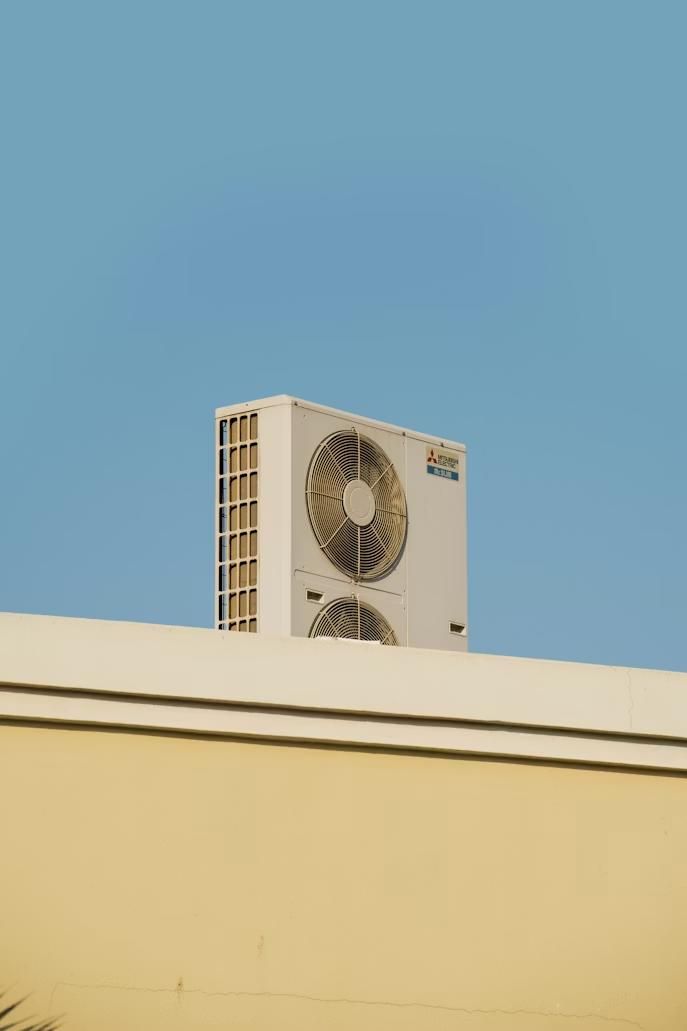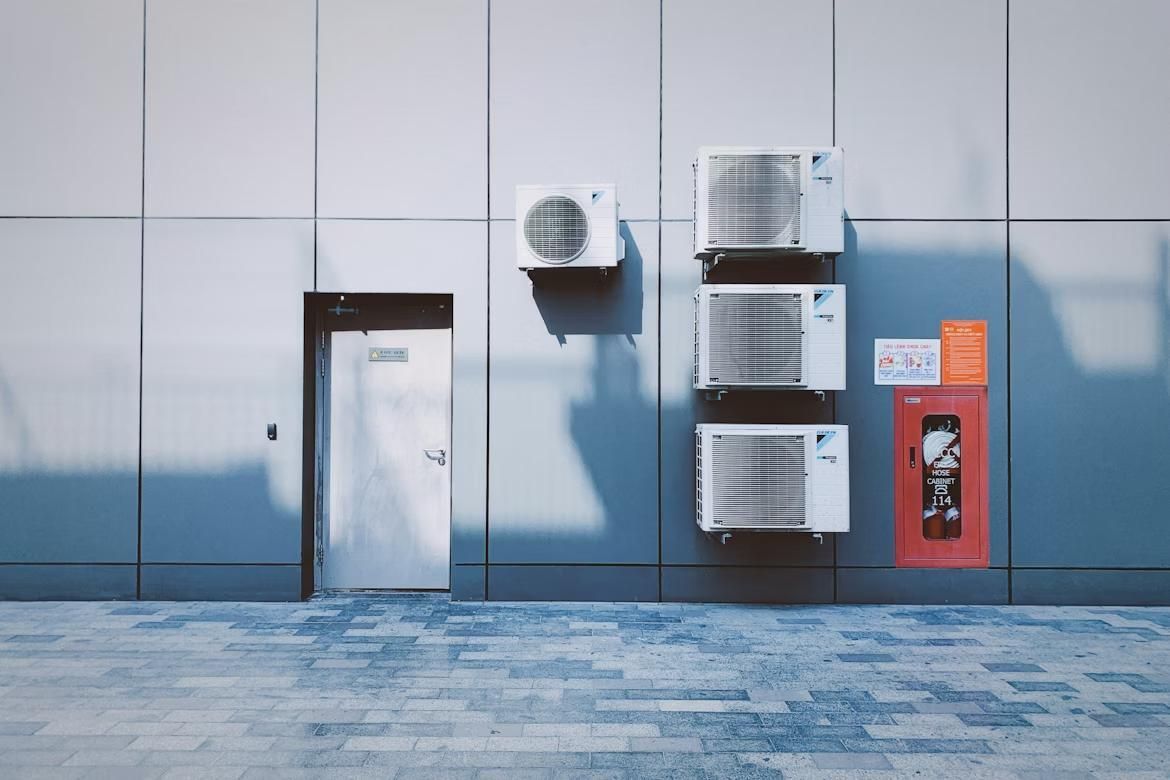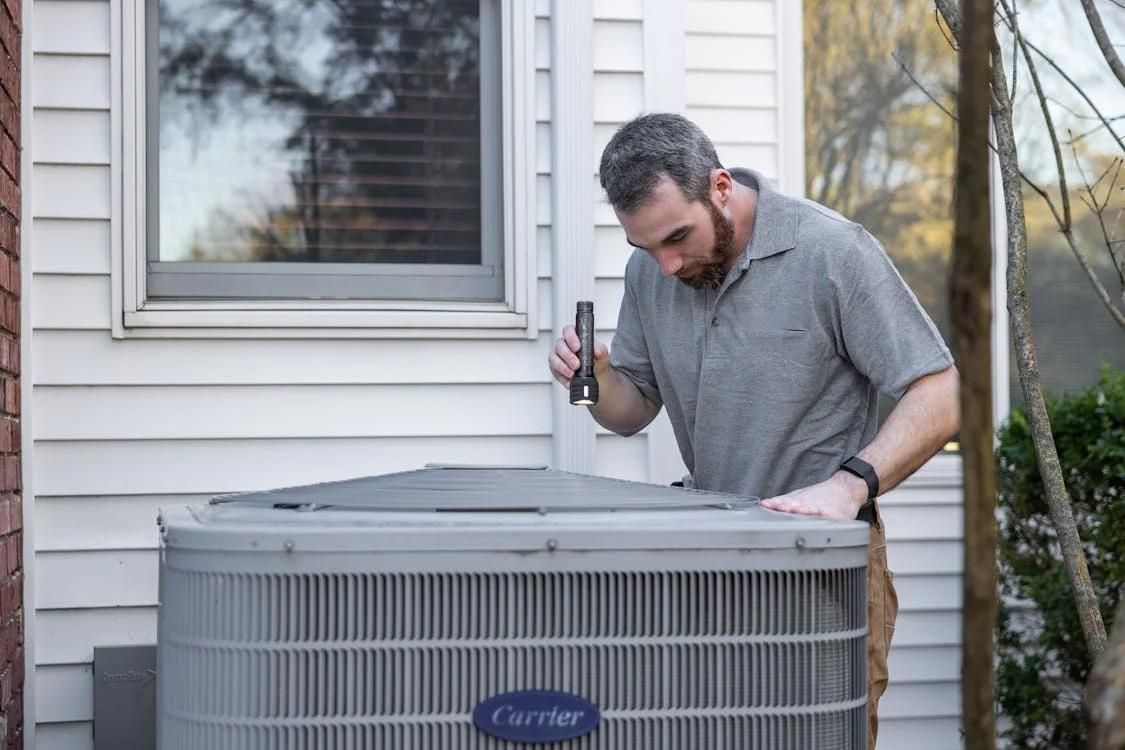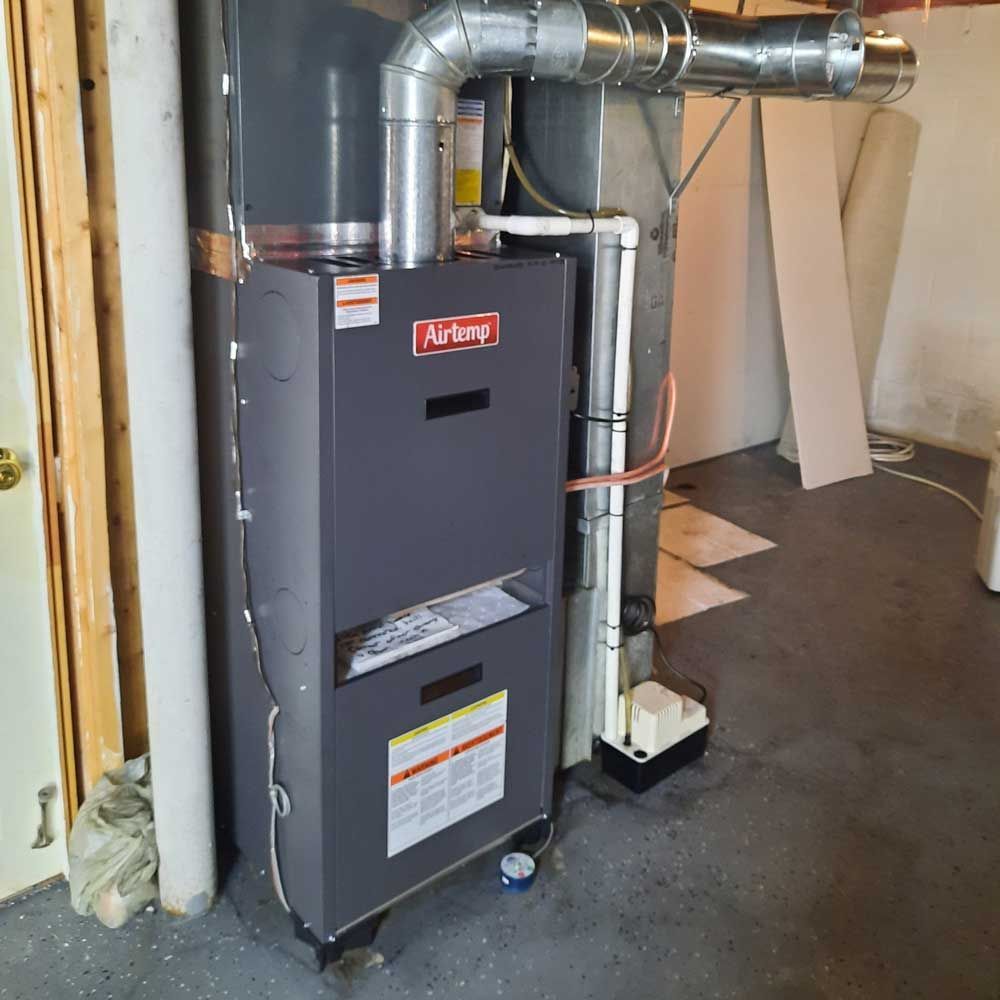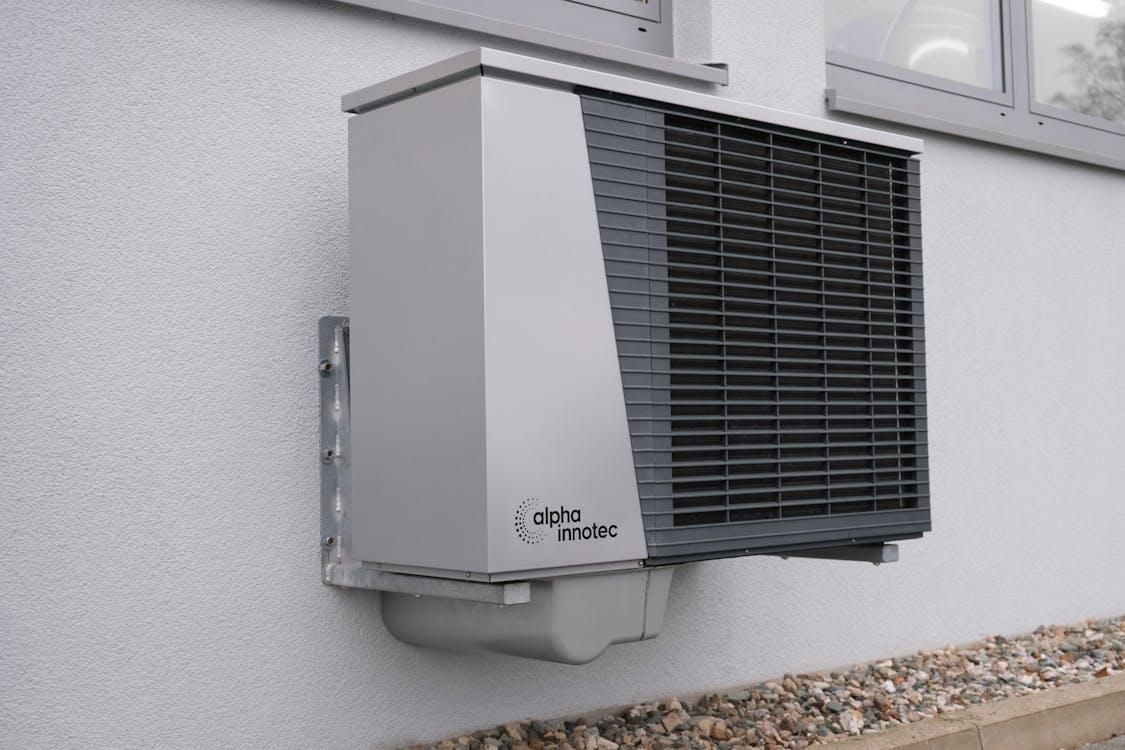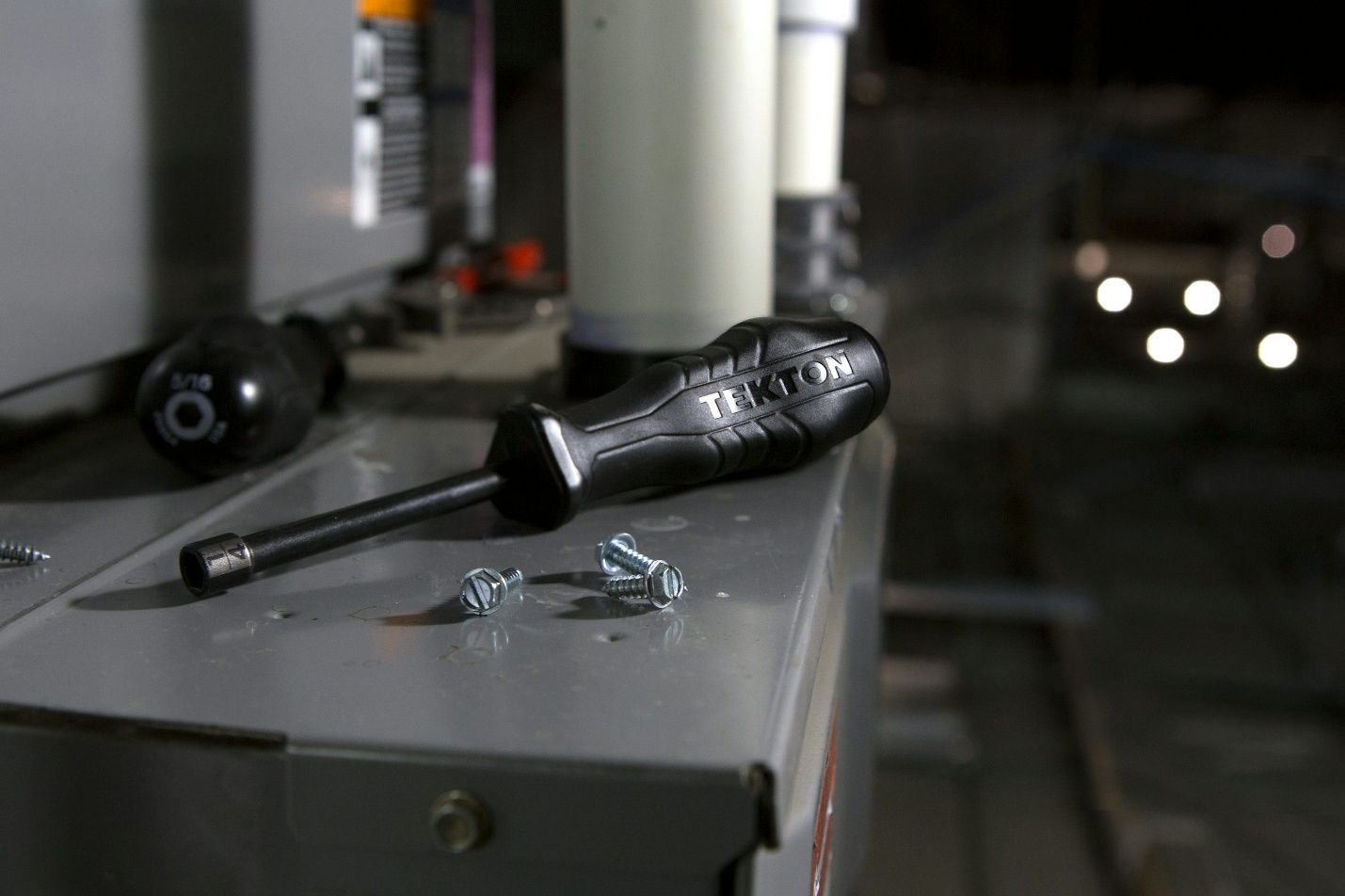What to Expect During Your First HVAC Installation Appointment
Understanding the Purpose of an HVAC Installation
An HVAC installation isn’t just about replacing old equipment with something new; it’s about optimizing your home’s entire heating and cooling system for peak comfort and performance. Modern HVAC systems are designed with energy efficiency, quiet operation, and improved air quality in mind.
When you invest in a new installation, you’re essentially upgrading the “lungs” of your home. Your HVAC system circulates air, regulates temperature, and filters pollutants, all while keeping humidity levels balanced. A professional installation ensures that your equipment is not only installed properly but also calibrated to your home’s unique needs.
Moreover, many homeowners underestimate how much of their comfort depends on proper sizing and ductwork design. An oversized or undersized unit can cause uneven temperatures, higher bills, and premature wear. That’s why professional installers don’t just analyze your home’s structure, airflow, and energy use to deliver a custom solution.
The Pre-Installation Inspection: Setting the Foundation
Before the actual installation day, a qualified HVAC technician performs a comprehensive pre-installation inspection. This step ensures the new system fits your property perfectly and complies with local codes and manufacturer specifications.
Here’s what to expect during this phase.
1. Home Evaluation – The technician will measure square footage, assess insulation quality, and identify airflow zones that might need attention. This helps determine your home’s heating and cooling load.
2. Ductwork Inspection – Ducts are examined for leaks, blockages, or damage that could restrict airflow. In some cases, minor sealing or adjustments are recommended.
3. Old System Assessment – If you’re replacing an existing system, the installer reviews the current setup, wiring, and refrigerant lines to determine what can be reused safely.
4. Load Calculations – Using industry tools like Manual J, the technician calculates how much heating and cooling your home requires based on factors like ceiling height, window type, and exposure to sunlight.
5. Recommendations – You’ll receive expert suggestions on system models, efficiency ratings (SEER2 for cooling, AFUE for heating), and thermostat options that match your comfort and budget goals.
This evaluation lays the groundwork for a successful HVAC installation by ensuring every element, from capacity to configuration, is carefully planned.
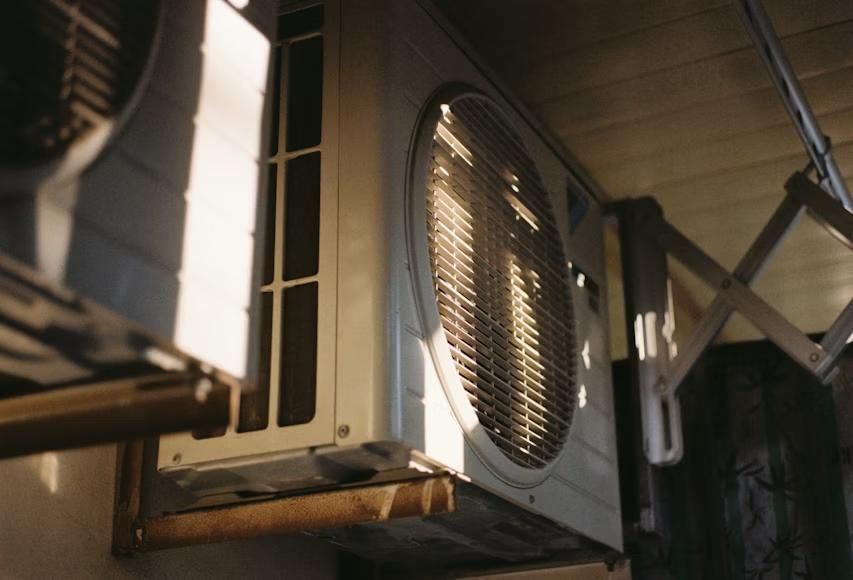
Preparing Your Home for HVAC Installation
A little preparation on your part can make installation day much smoother. HVAC teams work efficiently when they have clear access and a tidy workspace.
Here’s how to get ready:
● Clear the Path: Remove obstacles around your furnace, indoor air handler, or outdoor condenser area. Technicians need room to move heavy equipment safely.
● Ensure Power Access: Your HVAC team may need to shut off breakers or access the main electrical panel. Make sure this area is unobstructed.
● Protect Your Belongings: Cover furniture or valuables near the installation area, as dust may be stirred up during the process.
● Plan for Noise: Installation can involve drilling, vacuuming, and equipment testing, so plan activities accordingly.
● Secure Pets and Children: Keep them in another room for safety. HVAC installations involve open wiring, tools, and moving parts.
A well-prepared home not only speeds up the process but also minimizes any disruption to your day.
Removing the Old HVAC System
If you’re replacing an existing system, removal is the first major step. This stage is as technical as the installation itself, requiring specialized tools and environmental safety measures.
The process includes:
● Power Disconnection: The technician turns off the power supply to prevent electrical hazards.
● Refrigerant Recovery: Old refrigerant is captured and disposed of according to EPA standards. It’s never vented into the air.
● Component Disassembly: The old furnace, evaporator coil, condenser, and air handler are carefully removed.
● Ductwork Detachment: Ducts are separated and inspected to prepare for the new system connection.
● Site Preparation: Once removed, the area is cleaned, and any old mounting brackets or platforms are replaced if needed.
By removing your old system safely and responsibly, the installer ensures your new HVAC installation starts on a clean foundation, free from contamination or outdated parts.
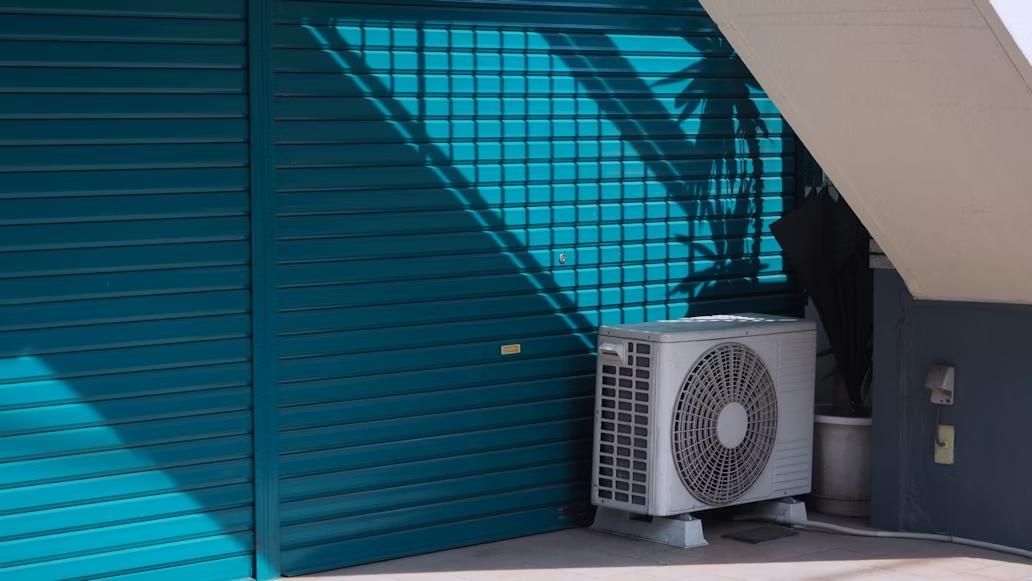
Installing the New HVAC Equipment
This is where your new comfort system comes to life. Installation involves precision, safety, and attention to detail to guarantee long-term reliability.
The key steps to this process are as follows.
1. Equipment Placement: The indoor air handler or furnace is positioned on a level surface. The outdoor condenser unit is set on a stable pad away from obstructions.
2. Ductwork Connections: Sealed, insulated ducts are connected to prevent energy loss and maintain balanced airflow.
3. Refrigerant Line Setup: Copper refrigerant lines are run between the indoor and outdoor units, ensuring proper pressure and insulation.
4. Electrical Wiring: The system is connected to the home’s power supply, thermostat, and control board.
5. Drainage System: A condensate drain line is installed to manage moisture from cooling cycles.
6. Thermostat Installation: Whether standard or smart, your new thermostat is calibrated for accurate temperature control.
Throughout the process, technicians verify that each component aligns with manufacturer specifications and safety codes. A properly installed system ensures optimal performance and helps avoid costly repairs later.
Testing and Calibration
Once everything is in place, the technician begins testing and calibration, which is the quality control phase of your HVAC installation. This ensures the system performs exactly as designed.
During this stage:
● Initial Power-On: The system is carefully powered up to check the startup sequence and airflow.
● Refrigerant Levels: Technicians measure refrigerant pressure to confirm optimal efficiency and cooling power.
● Airflow Measurement: Using specialized tools, airflow is tested across supply and return vents to ensure even distribution.
● Temperature Testing: Thermostats and sensors are tested for accuracy.
● Noise and Vibration Check: The installer listens for unusual sounds that might indicate misalignment or loose components.
● Safety Inspections: All electrical and gas connections (for heating systems) are verified for safety compliance.
Calibration ensures your HVAC system operates efficiently, maintains ideal comfort levels, and uses energy wisely.
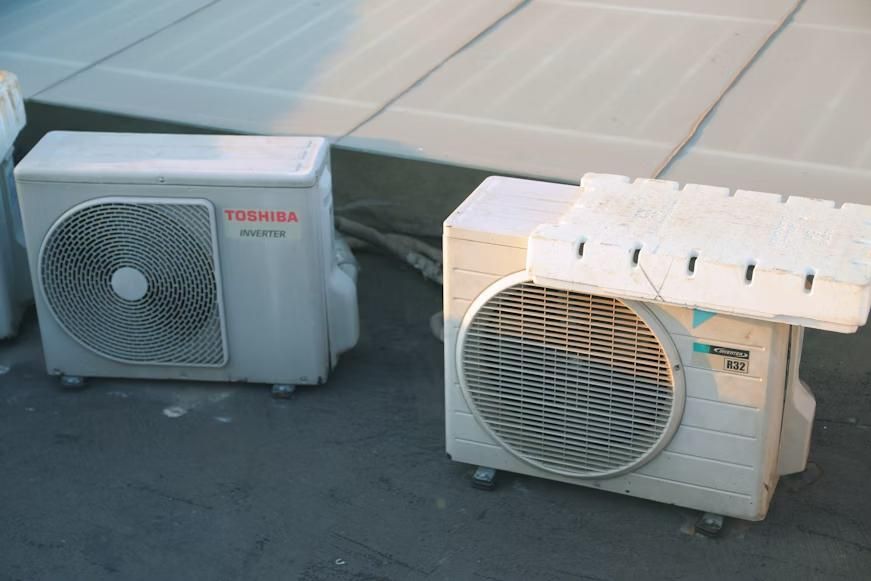
Clean-Up and Final Walkthrough
A reputable HVAC company treats your home with respect. After the installation and testing are complete, the technicians will clean the workspace, remove old materials, and dispose of packaging responsibly.
Next comes the final walkthrough, where your installer explains everything you need to know:
● How to operate your new thermostat.
● When and how to change air filters.
● Maintenance intervals for tune-ups.
● Warranty coverage and registration.
● What to do if you notice performance changes.
This walkthrough is your opportunity to ask final questions and ensure you’re confident in operating your system. Some companies may also schedule your first maintenance appointment in advance, setting you up for worry-free ownership.
How Long Does HVAC Installation Take?
The duration of installation depends on several factors, including the size of your home, ductwork condition, and system complexity.
Typical timelines:
● Straightforward replacement: 6–10 hours (1 day).
● New installations (no prior system): 2–3 days.
● Ductwork modifications or zoning systems: Add an extra day for adjustments.
Technicians prioritize precision and safety over speed. Taking the time to do it right ensures fewer problems later and extends the lifespan of your new system.
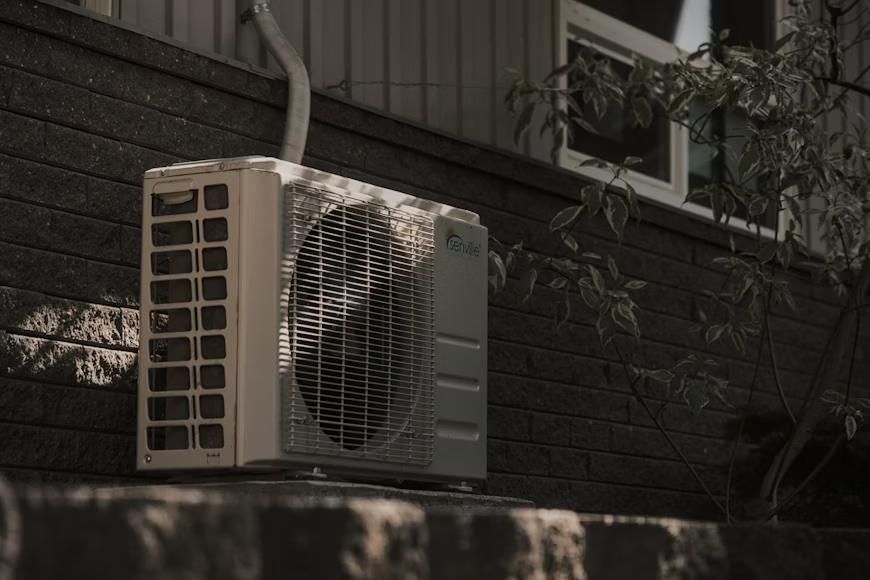
Common Homeowner Questions During HVAC Installation
1. “Do I have to leave the house?”
No, but it’s a good idea to give the technicians space to work. You can stay home, but avoid the work area for safety.
2. “Will my utilities be affected?”
The system will be powered off temporarily, but your water, gas, and electricity will otherwise remain functional.
3. “Is it normal for installation to be noisy?”
Yes! Expect some noise from drills, vacuums, and equipment testing. The sounds will stop once installation is complete.
4. “Do I need permits?”
Most cities require permits for HVAC installation. Reputable contractors handle all necessary paperwork for compliance.
5. “What should I check after installation?”
Ensure your thermostat responds correctly, air flows evenly, and the system starts and stops smoothly.
6. “Can I choose where my HVAC system will be installed in my home?”
In most cases, your HVAC technician will recommend the ideal placement for maximum efficiency and airflow. While homeowners can express preferences, placement depends on factors like ductwork design, access to electrical connections, and ventilation requirements. The goal is to ensure safe, quiet, and effective system operation throughout your home.
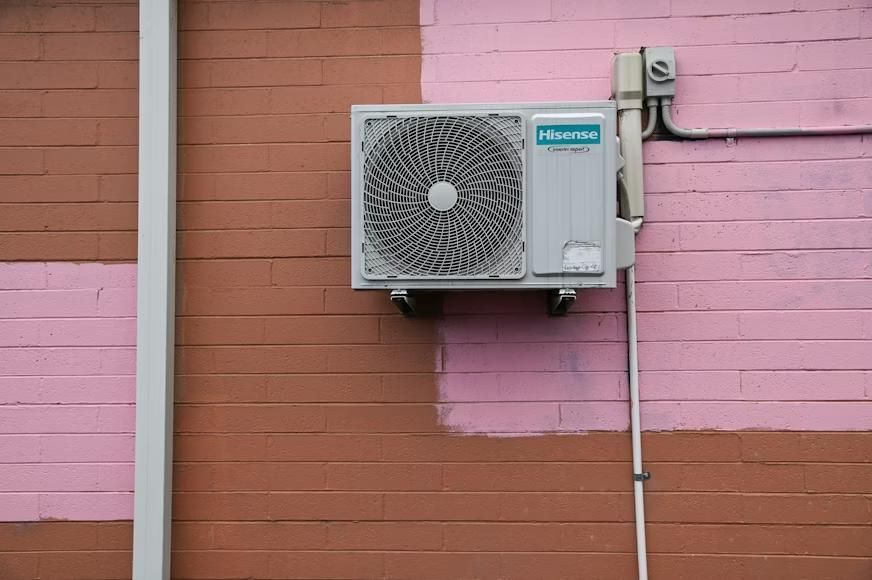
The Importance of Choosing the Right HVAC Installer
Even top-of-the-line equipment can underperform if not installed correctly. Choosing an experienced, certified team is crucial.
Look for a company with:
● Around 25 years of proven HVAC experience in installation, repair, and maintenance.
● Proper licensing and insurance.
● Transparent pricing with detailed estimates.
● Strong local reviews and referrals.
● Commitment to energy-efficient solutions.
Skilled installers not only set up your equipment but also educate you about its features, helping you get the most out of your investment.
After Installation: Caring for Your New HVAC System
Once your new system is running, maintenance becomes your best friend. Even the most advanced systems need care to stay efficient and reliable.
Follow this post-installation maintenance checklist.
● Replace filters regularly: Every 1–3 months, depending on usage.
● Schedule seasonal tune-ups: One in spring for cooling, one in fall for heating.
● Keep vents unblocked: Furniture or drapes should never obstruct airflow.
● Check thermostat batteries: Replace them annually if not hardwired.
● Inspect outdoor units: Keep leaves, grass, and debris away from the condenser.
Routine maintenance not only extends the life of your system but also protects your warranty and keeps energy costs under control.
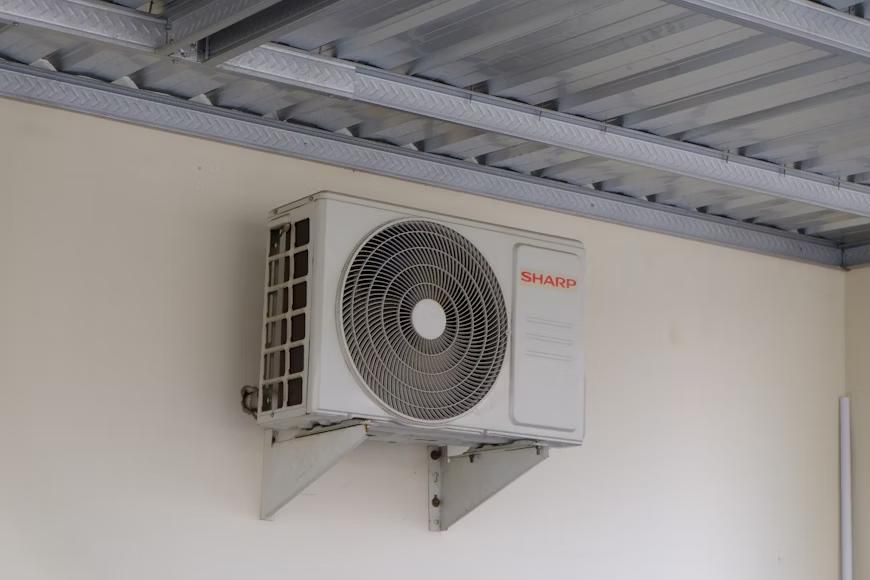
Benefits of a Professional HVAC Installation
Hiring professionals for your HVAC installation pays off in numerous ways:
● Higher Energy Efficiency: Proper airflow and calibration minimize wasted energy.
● Better Comfort Control: Balanced temperatures and humidity levels throughout your home.
● Reduced Repair Costs: Correct setup prevents strain and breakdowns.
● Longer System Life: Precision installation reduces wear on components.
● Peace of Mind: Knowing your system meets local codes and manufacturer standards.
When you invest in professional installation, you invest in consistent comfort, performance, and reliability.
Troubleshooting Tips for New HVAC Owners
It’s normal to have questions after installation. Here’s how to handle common issues:
● Weak airflow? Check your filters and vent positions.
● Uneven temperatures? Confirm all registers are open and unobstructed.
● Thermostat confusion? Refer to the manual or app for programming guidance.
● Odd noises? Gentle humming is normal; rattling or banging is not — contact your installer.
Most issues are minor and easily resolved, especially with professional guidance.
Why Your First HVAC Installation Is Worth the Investment
While HVAC installation requires an upfront cost, the long-term benefits outweigh the expense. You’ll enjoy lower monthly energy bills, improved air quality, and consistent indoor comfort.
Newer systems also integrate with smart thermostats, allowing you to track energy use and adjust settings from anywhere. Plus, modern HVAC technology reduces environmental impact through higher efficiency and eco-friendly refrigerants.
A professionally installed HVAC system not only adds comfort but also increases your home’s resale value and appeal.
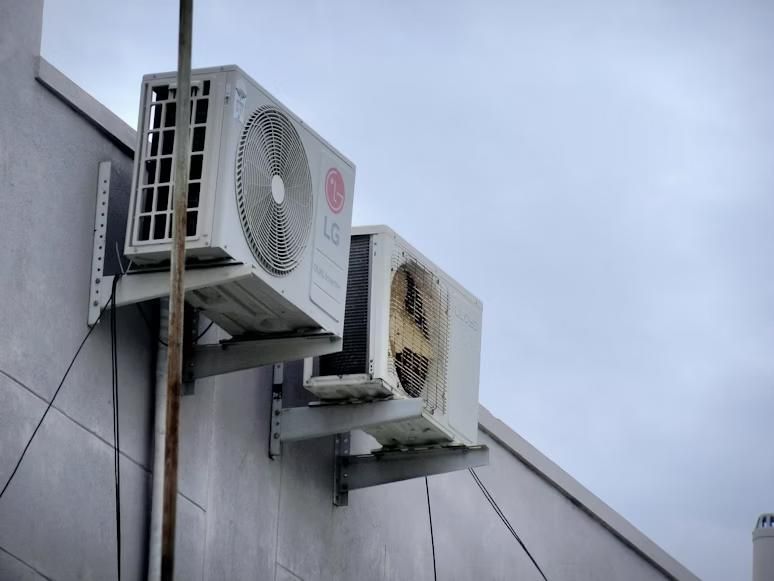
At Dixie Land Energy, we take pride in providing high-quality HVAC installation and comprehensive comfort solutions tailored to your home’s needs. Our team specializes in HVAC maintenance, ensuring your systems run efficiently year-round. We also offer prompt and reliable HVAC repair, backed by decades of trusted experience. Whether you need routine upkeep or urgent assistance in Chester County, Delaware County, or Montgomery County, our HVAC company helps you enhance comfort and performance. As your go-to experts in HVAC services, we believe in honesty, quality craftsmanship, and long-term reliability.
At Dixie Land Energy, we don’t just provide HVAC services; we build lasting comfort and peace of mind for every home we serve. Get in touch with us for more information about our HVAC installation process.


